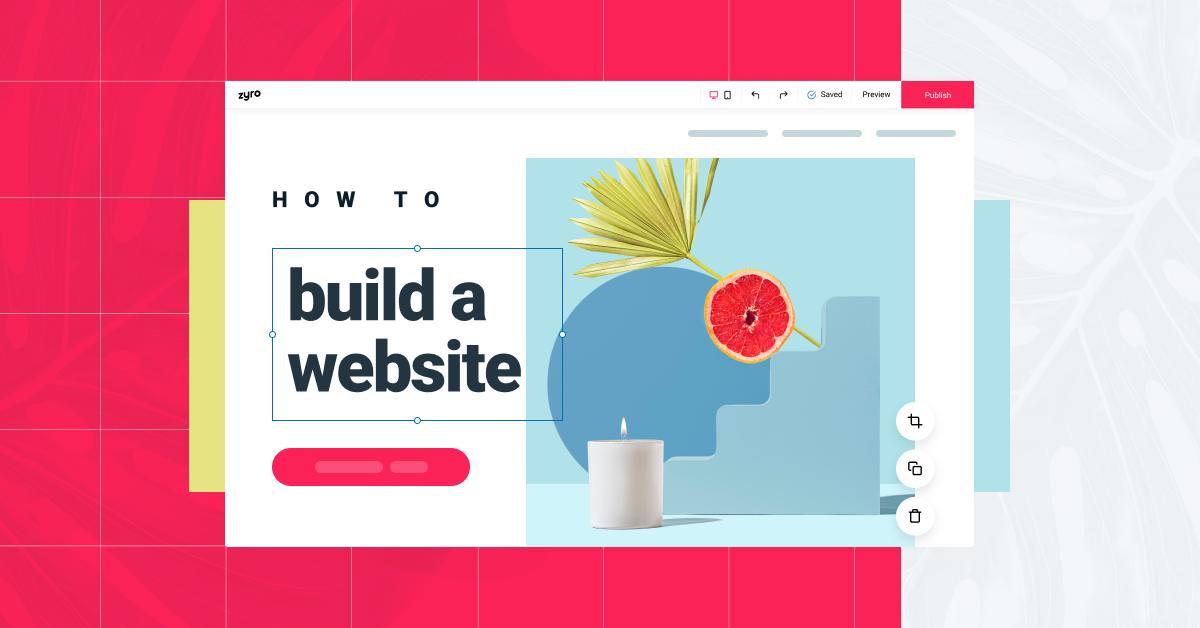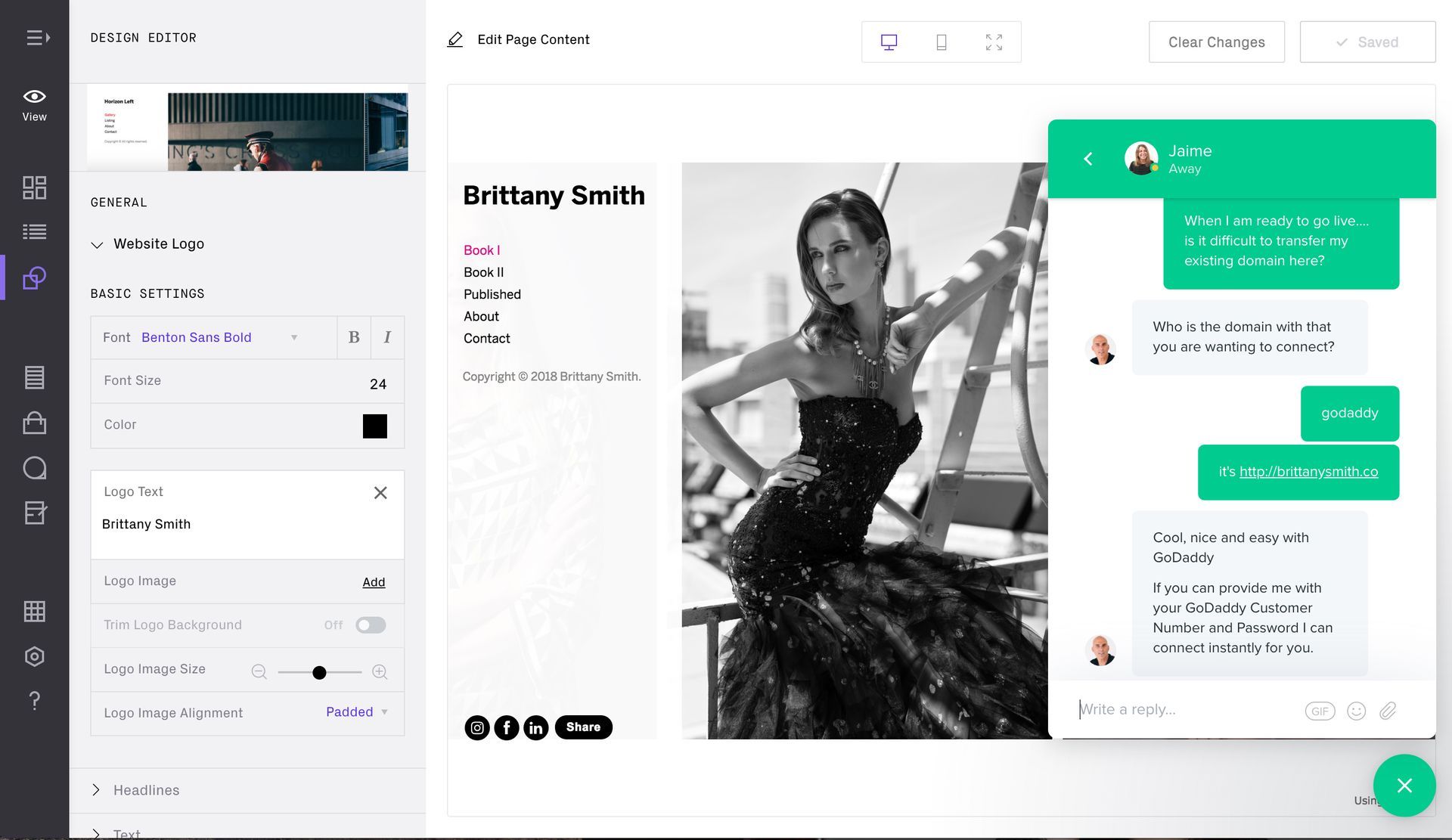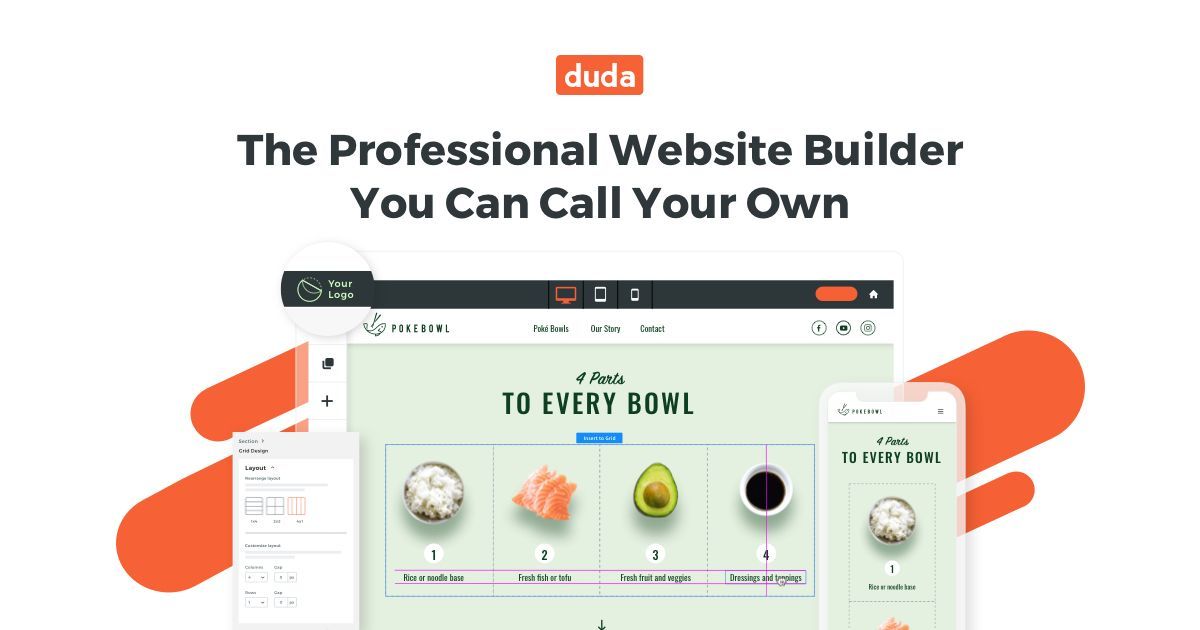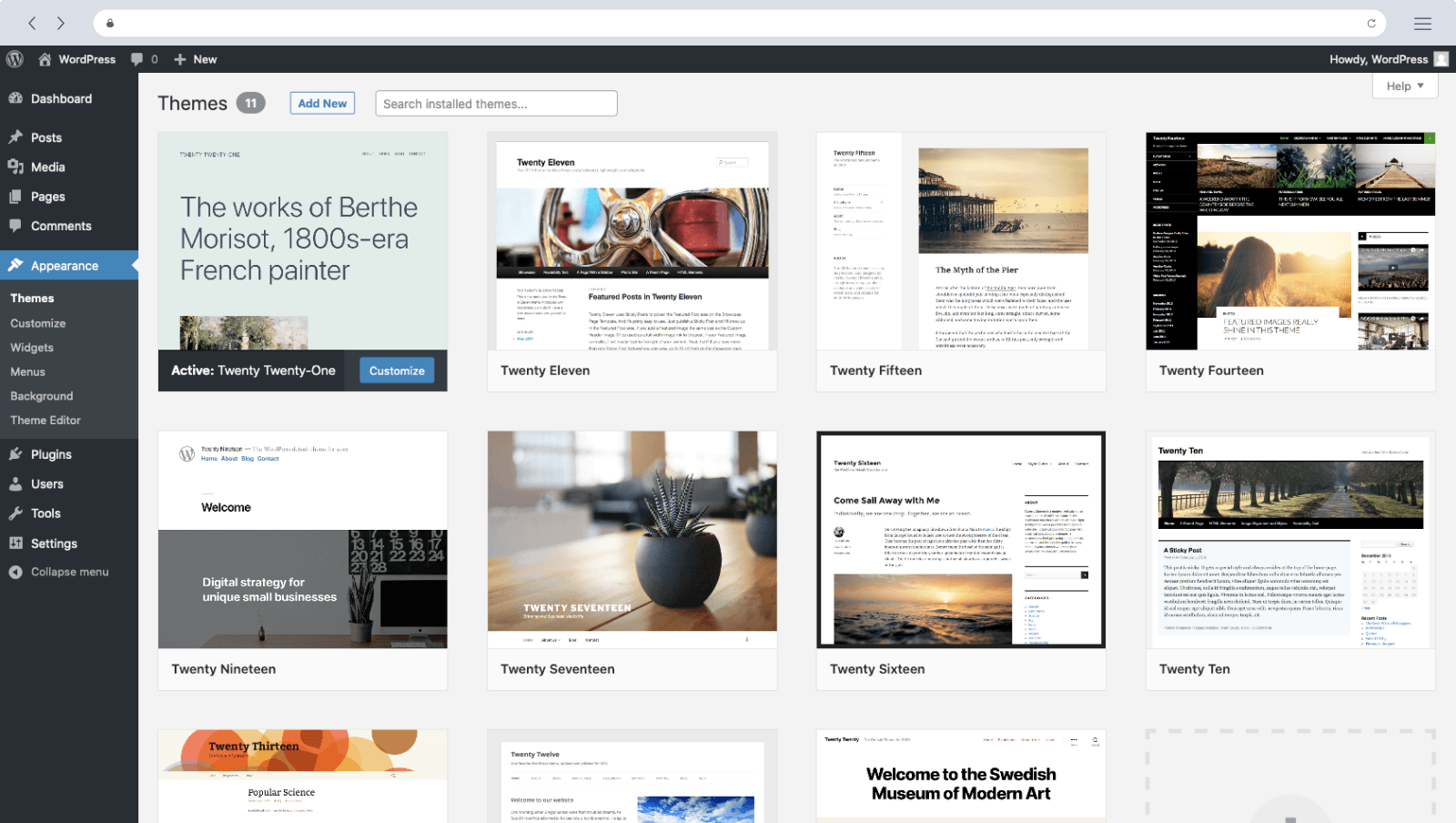LUCID
We are excited to announce that LUCID has become Muskogee Web Design. If you are a current LUCID client, you can still access and manage your account or access your websites from the navigation menu.
If you have questions, please call us at (918) 351-1258.
© 2009-2024 All Rights Reserved |
LUCID Digital Marketing Services
LLC










